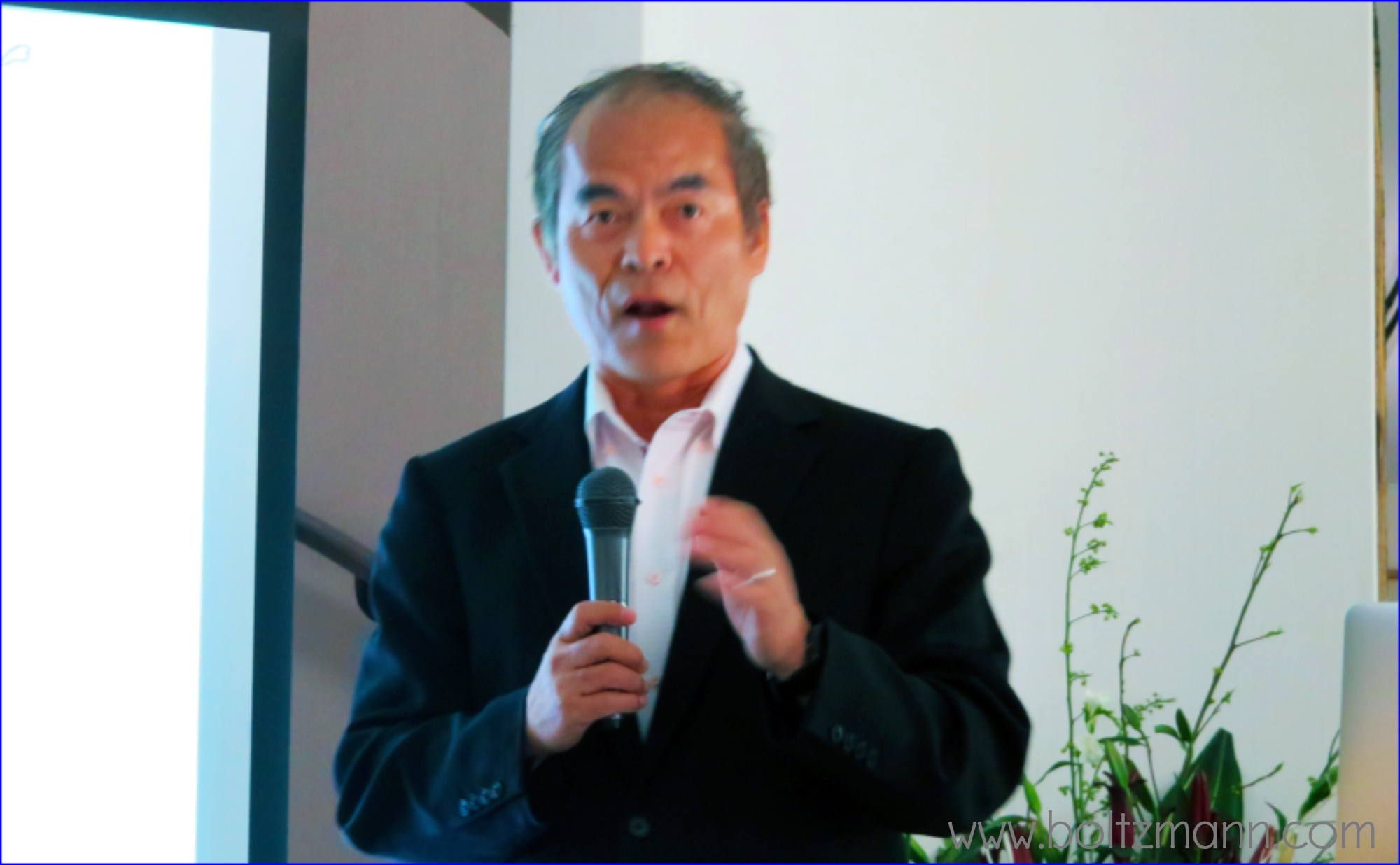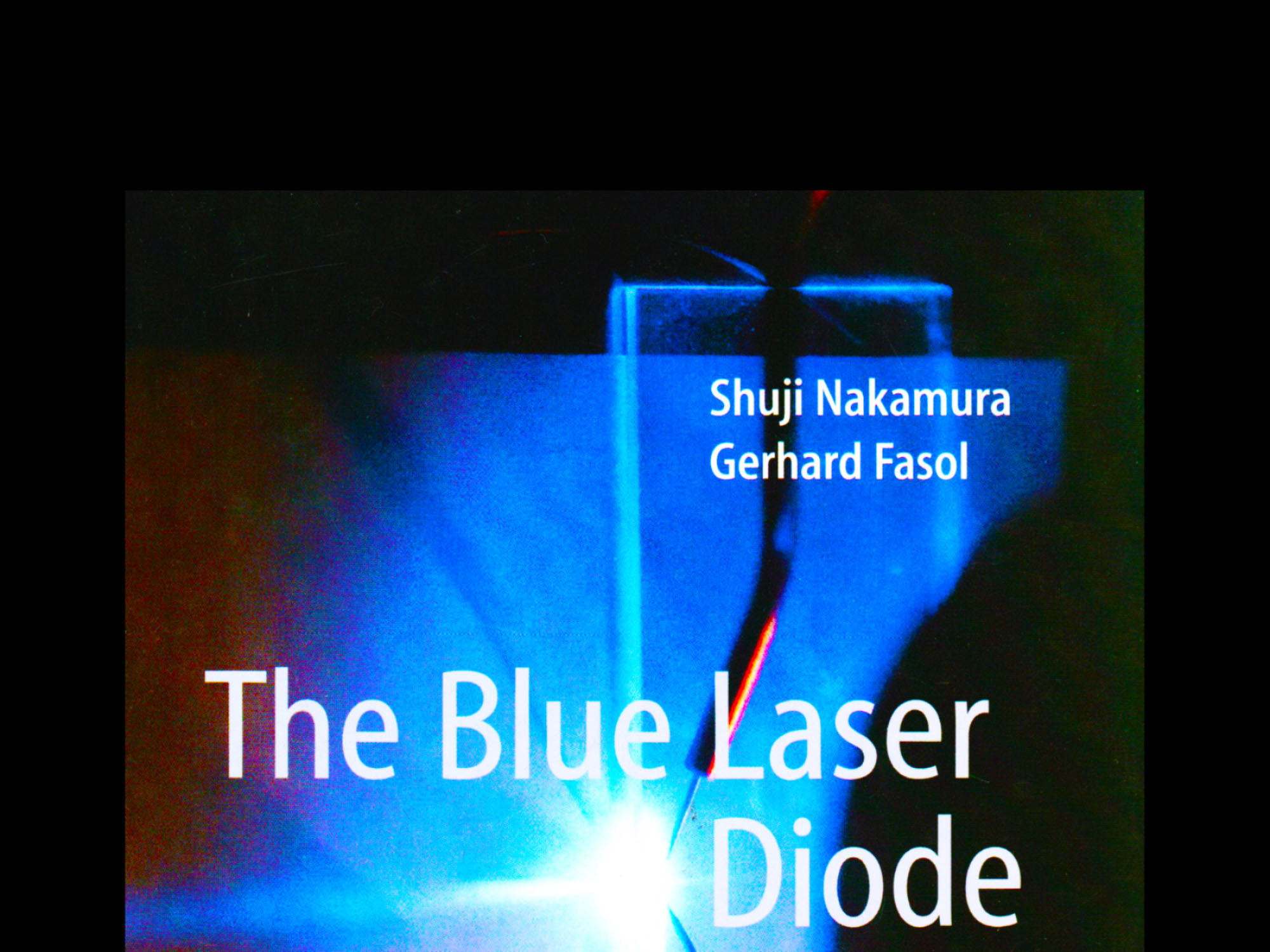Tag: GaN
-

Shuji Nakamura on 2nd and 3rd Generation Solid State Lighting
—
by
Shuji Nakamura’s invention to save energy corresponding to about 60 nuclear power stations by 2020 2nd and 3rd Generation Solid State Lighting For Shuji Nakamura’s invention of high-efficiency GaN double-heterostructure LEDs he was awarded the Nobel Prize in Physics 2014, while his employer sued him in the USA for leaking intellectual property – Shuji Nakamura…
-

Shuji Nakamura: did he invent the blue GaN LED alone and other questions. An Interview.
Interview for the Chinese Newspaper Southern Weekly about Shuji Nakamura by Gerhard Fasol The Chinese Newspaper Southern Weekly interviewed me about Shuji Nakamura’s invention of the blue LED and the background to his Nobel Prize. Here some of my answers. Read the article in Southern Weekly in Chinese language here: 【2014诺贝尔·科学】无人相信的发明 Shuji Nakamura: when he…
-

Shuji Nakamura, Isamu Akasaki, Hiroshi Amano win Nobel Prize in Physics 2014 for the blue LED
Nobel Prize in Physics 2014 for the blue GaN LED by Gerhard Fasol Shuji Nakamura, Isamu Akasaki, Hiroshi Amano enabled the global lighting revolution The Nobel Prize in Physics 2014 was awarded in equal shares to Isamu Akasaki, Hiroshi Amano and Shuji Nakamura “for the invention of efficient blue light-emitting diodes which has enabled bright…
-

Blue laser book with Shuji Nakamura – how this book came about
The Blue Laser Diode, by Shuji Nakamura and Gerhard Fasol, Springer Verlag The story and physics background of the discovery and development of the GaN LEDs and lasers Since I have been working for many years on GaAs research, as soon as I heard Shuji Nakamura’s talk at one of Japan’s applied physics conferences, I…
-

Gallium Nitride LEDs for Christmas
Since Shuji Nakamura’s first commercialization of GaN LEDs (read the Blue Laser Diode Book) LEDs are progressing rapidly to make the US$ 400 Billion global lighting industry more environmentally friendly, reducing CO2 output and reducing electricity bills for lighting dramatically. Recently rail stations in Japan have begun to test plug-compatible replacement of fluorescent tubes by…
-
Eurotechnology Japan in the press: Bloomberg, BusinessWeek, Economist
Eurotechnology Japan KK in the press: Bloomberg: Vodafone K.K.’s Tsuda Seeks Growth in Japan, Not Sale BusinessWeek: How Sharp Stays On The Cutting Edge. More on SHARP in our report on Japan’s electronics industries BusinessWeek: Lasers Are About to Enter Their Blue Period BusinessWeek: Vodafone’s Bad Connection In Japan The Economist: Vodafone – not so…